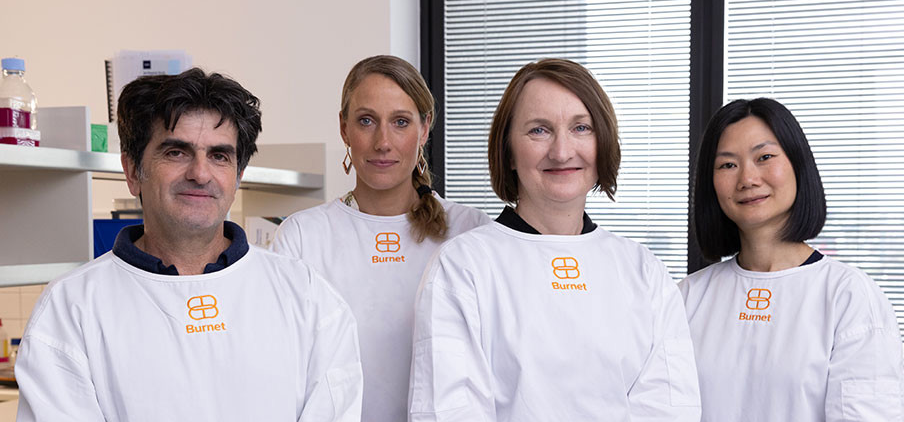Hepatitis C and injecting networks
The Networks 2 project was a collaborative project that brought together qualitative and quantitative epidemiologists, social network modellers, virologists and immunologists in order to study the transmission and natural history of the hepatitis C virus in a social network of young people who inject drugs.
Objective
The aim of this project was to identify behavioural, social, genetic and other biological factors associated with hepatitis C transmission and progression to chronic hepatitis C.
Timeline
2005–2006.
Approach
Project participants were recruited from street illicit drug markets in Melbourne in 2005-2006 and followed over time. At approximately three month intervals, we conducted interviews with participants and collected blood samples. The interviews were designed to collect information about participants' risk behaviour and social connects with other people who inject drugs.
The blood samples were used to test for hepatitis C and other blood-borne viruses (hepatitis B and HIV), as well as genetic and immunological markers. In combination with traditional statistical methods, social network and other mathematical models were used to analyse the data at a population level.
Qualitative interviews were used to explore social and behavioural issues in more detail.
Partners
Funding partners
- Colonial Foundation Trust
- National Health and Medical Research Council (545891, 1126090, 2019034)
Collaborators
- David Scott Bowden and Lilly Tracy, Victorian Infectious Diseases Laboratory
- Philippa Pattison, Garry Robins, David Rolls and Galina Daraganova, The University of Melbourne
- Mandvi Bharadwaj
Project contacts

Professor Margaret Hellard AM
Deputy Director, Programs; Adjunct Professor, Monash University, DEPM.
Project team

Dr Campbell Aitken
Research Fellow

Professor Heidi Drummer
Deputy Director, Impact; Scientific Director for Research Translation; Scientific Director, Burnet Diagnostics Initiative; Principal Investigator, Burnet Vaccine Initiative; Co-Head, Viral Entry and Vaccines Group

Professor Margaret Hellard AM
Deputy Director, Programs; Adjunct Professor, Monash University, DEPM.

Associate Professor Peter Higgs
Principal Research Fellow; Honorary Associate Professor, Department of Public Health, La Trobe University




